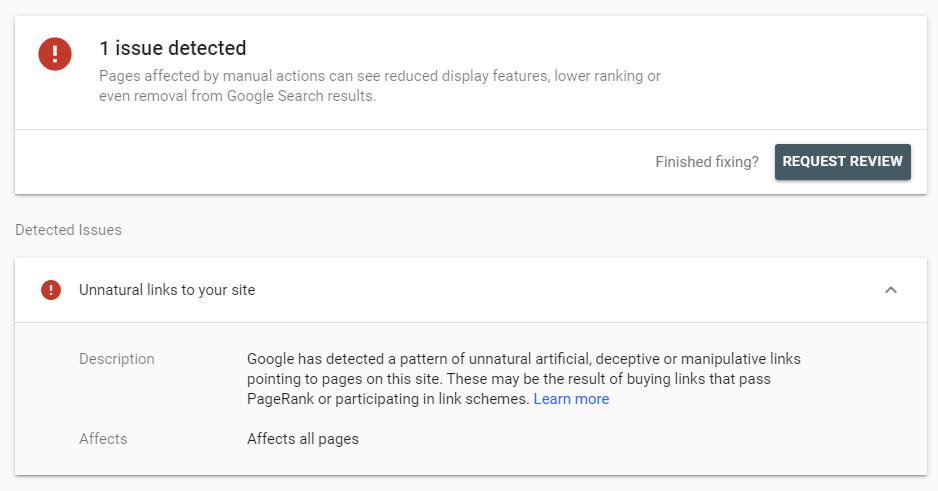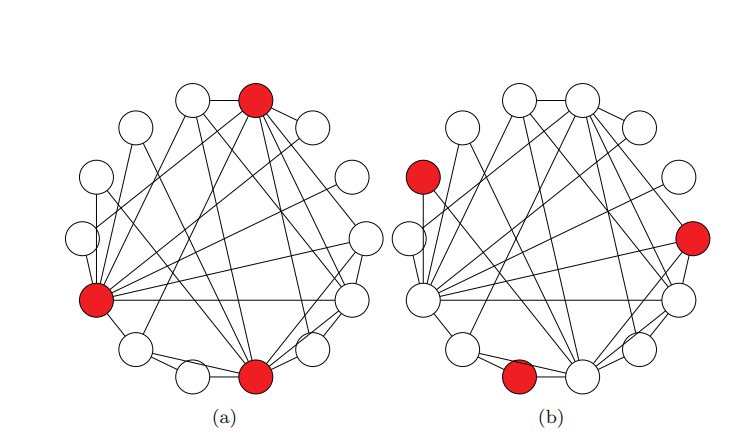Having your website ranked high on search engines is a huge advantage to anyone. You or your company’s name would become more well-known, more traffic would be driven to your website, and then ultimately, you would benefit through increased sales or positive exposure.
These are a few of the many reasons why someone would want to increase the PageRank for their website, which is a concept we have discussed intensively in class. One strategy to artificially inflate PageRank is to participate in a Spam Farm, which is also what we’ve seen in one of our assignments. As it turns out, Google disallows this setup—called a “link scheme”—in a document of theirs called “Webmaster Guidelines”.
“Webmasters who spend their energies upholding the spirit of the basic principles will provide a much better user experience and subsequently enjoy better ranking than those who spend their time looking for loopholes they can exploit.”
– Google’s Webmaster Guidelines
It obviously makes sense to disallow link schemes—otherwise, the Internet would be full of pages of websites that links to many other websites, which is clearly not helpful as an end-user who wants to search for actual content. Google makes sure that this doesn’t happen by detecting websites that participate in these link schemes and consequently removing them from search engines, effectively discouraging others in following suit.
However, it is still possible to be given penalties and be removed from search engines even if you follow all the rules in their “Webmaster Guidelines”.

Despite not having built a single link in years, Dan Petrovic still received a warning from Google about “buying links that pass PageRank or participating in link schemes” and had his website removed from search engines for unclear reasons. On a separate but related note, John Mueller from Google even says that you are responsible for the content on your own website, even if it has been hacked or changed, illegally or without your knowledge.
Though this doesn’t happen too often, having your pages removed from search engines can be incredibly frustrating for website owners—to the point that instead of gaming the system to increase your PageRank, you might instead try to be careful with the content and links on your website so as to not incur Google’s wrath.
References:
- Webmaster Guidelines – https://support.google.com/webmasters/answer/35769
- Link schemes – https://support.google.com/webmasters/answer/66356
- Google: Unnatural Links By Humans Or Bots Are Your Responsibility – https://www.seroundtable.com/google-unnatural-links-humans-or-bots-26917.html
- Google Still Penalizing Sites For Unnatural Links & It Can Hurt Bad – https://www.seroundtable.com/google-unnatural-links-manual-actions-penalty-28106.html

